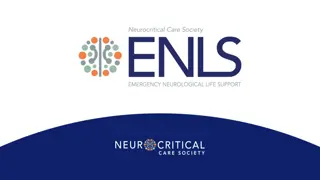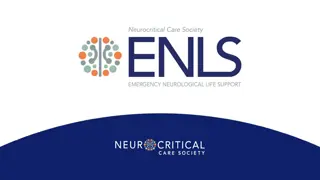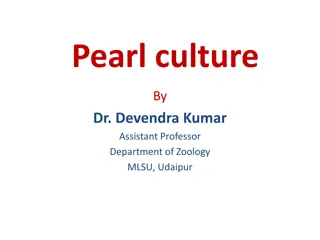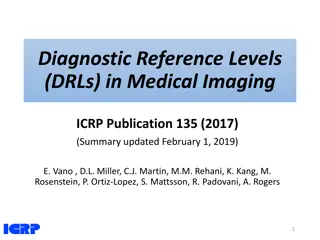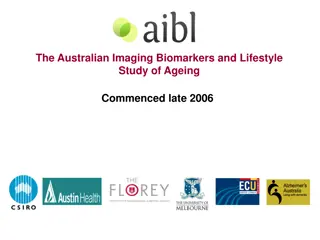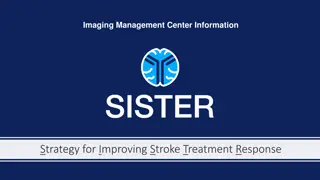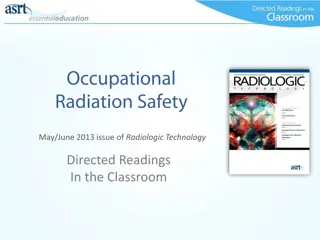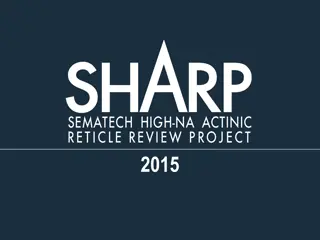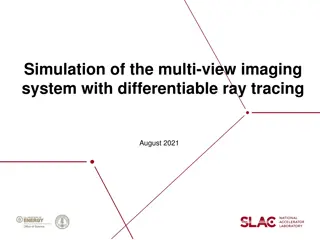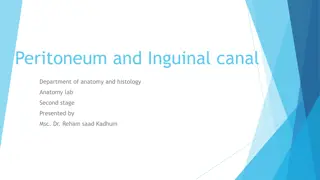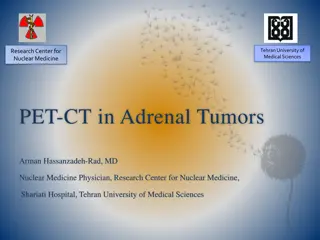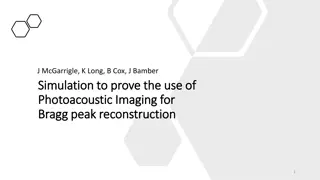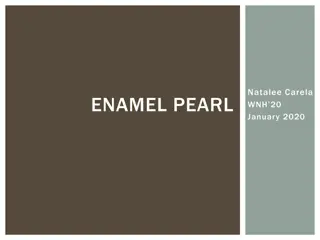Peritoneal Pearls in Imaging: Case Study Analysis
A 45-year-old male presented with incidental lesions in the anterior peritoneal cavity during a CT scan for haematuria. These lesions, measuring between 9 mm and 22 mm, were non-enhancing and lacked consistent signal characteristics. Further imaging with MRI was recommended for better evaluation. By comparing with previous imaging studies, including CT and MRCP from five years earlier, the nature and significance of these findings were to be elucidated.
Uploaded on Sep 14, 2024 | 0 Views
Download Presentation

Please find below an Image/Link to download the presentation.
The content on the website is provided AS IS for your information and personal use only. It may not be sold, licensed, or shared on other websites without obtaining consent from the author. Download presentation by click this link. If you encounter any issues during the download, it is possible that the publisher has removed the file from their server.
E N D
Presentation Transcript
PERITONEAL PEARLS DEEPAK M PAI Y ELTINAY SCUNTHORPE GENERAL HOSPITAL
HISTORY 45 years old male had CT KUB with h/o haematuria No renal stones but incidental lesions were identified with-in the anterior peritoneal cavity There were about seven of them and measured between 9 mm and 22 mm. They were round to oval in shape and no calcification identified
History contd Nature and significance of these were uncertain at the time of reporting CT and hence MRI with liver protocol was recommended
INTERPRETATION It was not clear as these were not enhancing and had no consistent signal characters from all of them. Any idea?
BASIC PRINCIPLES As basic principle in image interpretation, we started digging into the previous imaging studies. Patient had CT abdomen and MRCP five years earlier
Patient had gall stones before and we could not find gall bladder on the current CT and MR and hence presumed cholecystectomy in between. We thought we should check the histology of cholecystectomy specimen
HISTOLOGY REPORT Gall bladder measuring 115 mm received and was opened at the fundus. No calculi. Features of chronic cholecystitis.
DIAGNOSIS Spilled calculi in the peritoneal cavity during lap cholecystectomy Surgical notes confirmed the same
SPILLED GALLSTONES Laparoscopic cholecystectomy is a common surgical procedure Accidental opening of gall bladder is a relatively frequent incident(15-40%) Spillage of gall stones into the peritoneal cavity can occur in 16-66% of perforated GB Complications caused by intraperitoneal gall stones are infrequent but can be serious Frequent sites of spillage are right hypochondrium(41%) and pelvis(33%)
Risk factors for complications are infected bile, pigment stones, male, perihepatic location, >15 stones, size >1.5 cm Time period from spillage to complications varies but average is 5.5 months but can take up to 20 years Abscess is the most common complication Anterior abdominal wall and sub hepatic space are the commonest sites for abscess
Other rare complications are Fistulas Adhesions Intestinal perforations Intestinal obstruction Intrahepatic abscess Spontaneous liver bleed Obstructive jaundice Non-infectious collections
BEWARE They can mimic peritoneal metastases in asymptomatic patients and in staging CTs if they are not calcified(as in this case) If there is h/o cholecystectomy then the possibility of spilled calculi has to be considered
LEARNING POINTS Any nonspecific findings around the liver and upper abdomen with h/o cholecystectomy should make you think of spilled gall stones Complications related to spilled gallstones are varied and can be seen up to 20 years after surgery Reporting Radiologist has a major role in diagnosing them and bring it to the attention of clinicians
THANK YOU FOR YOUR KIND ATTENTION




